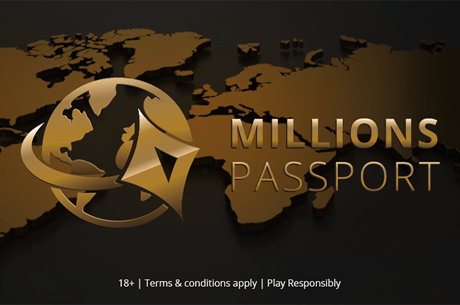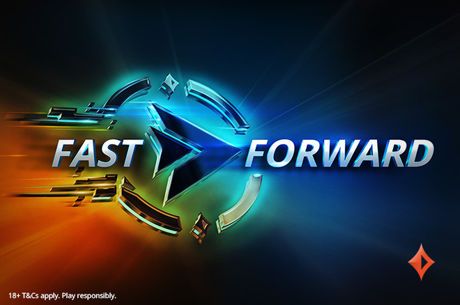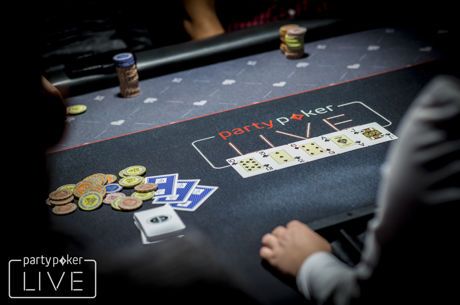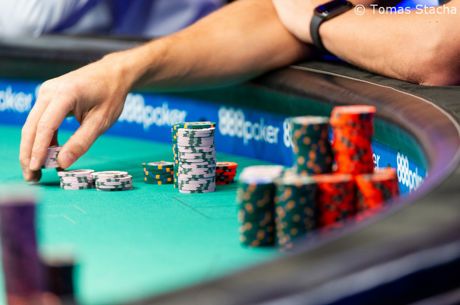Free Poker Course: Introduction to the Theory and Practice of Poker
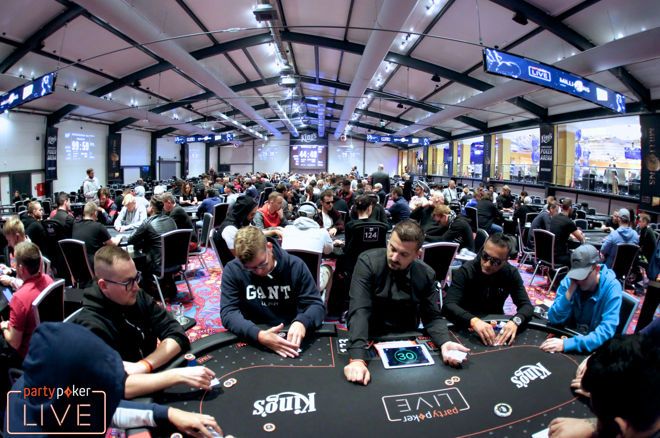
Looking for a professional course to play better poker but don't want to commit to any of the paid poker training sites people keep talking about?
The new free poker course released by Johns Hopkins University Professor Avi Rubin promises to help you do just that.
With almost 500 PowerPoint slides and hours of video lectures, the Jonhs Hopkins' Introduction to the Theory and Practice of Poker is an amazing new resource now available for free to everyone who wants to put some time into learning how to play poker.
The intersession course created by Computer Science Professor at Johns Hopkins University and Technical Director of the JHU Information Security Institute, Avi Rubin aims "to take students from novices who may know nothing about poker to above-average players in two weeks."
To reach his goal, Rubin teamed up with 2005 World Series of Poker Main Event runner up Steve Dannenmann.
What to Expect?
Throughout the course, Rubin uses detailed examples to discuss the optimal play of different poker hands and analyses how professional players handle a wide range of situations at the table.
The course focuses on Texas Hold'em poker "with an emphasis on cash games."
As the outline of the free poker course shows, Rubin's Introduction to the Theory and Practice of Poker is divided into fourteen parts, each dedicated to a separate aspect of the game.
Parts 1 - 4: the Basics
The first three sections of the poker course are a true introduction to the game. Here, beginners can learn about poker cash games, tournaments, and gameplay.
On the fourth part of the course, you find interesting insights on the psychological side of the game. Here is where the author shares insights on how to read people in poker and how to identify what type of players sit with you at the table.
Elements covered in parts 1 through 4, include:
Parts 5 - 6: the Math
In the introduction of this poker course, Professor Rubin explains that "math, combinatorics, and game-theoretical aspects of poker" are all elements that will be covered extensively in his lectures �� and these are the parts where he begins to do so.
Part 5 is where you get an introduction to poker maths and concepts like outs, hand probabilities, ranges, and Game Theory Optimal (GTO) play.
Elements covered in the parts 5 and 6, include:
Parts 7 - 11: the Play
Once the most important theoretical aspects of the game are covered, the course jumps right into the action with separate sections dedicated to pre-flop, post-flop, turn, and river play.
Here's where you learn basic concepts like the importance of position and the opening ranges connected to it. These parts cover also more advanced topics like how to respond to various flops and how to bluff on the turn.
Elements covered in parts 7 through 11, include:
Part 12: Tournament Poker
Despite the focus of this free poker course being on cash games, Professor Rubin dedicates one of the closing parts to tournament poker.
Albeit superficial, this part is a good introduction to tournament play. It briefly touches on elements like tournament structures, levels, and deals.
Elements covered in parts 12, include:
Parts 13 - 14: Conclusion
In the last two parts of the poker course, Rubin touches on other poker games to learn once you are done with Texas Hold'em.
The games included in module 13 are:
Before the closing remarks, the course discusses also useful (but slightly more advanced) elements like poker tells, HUDs, and poker bankroll management.
Free Poker Course Download
The poker course and all the videos are available for free. To download the Jonhs Hopkins' Introduction to the Theory and Practice of Poker, please visit this page.



